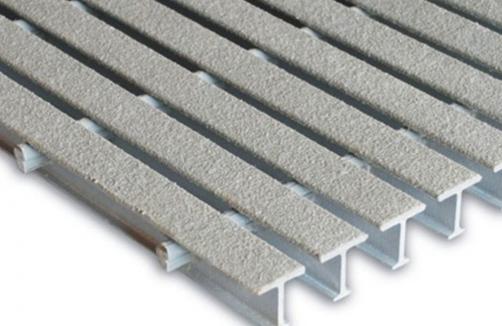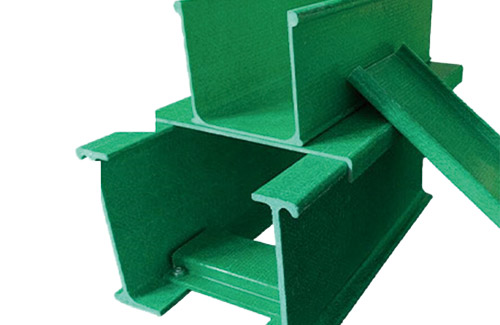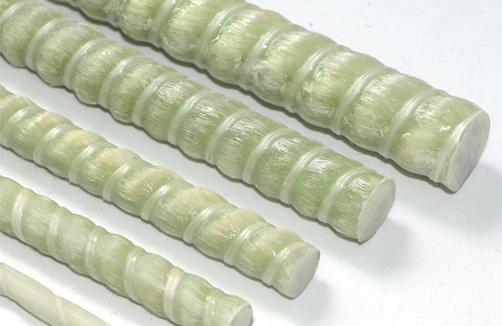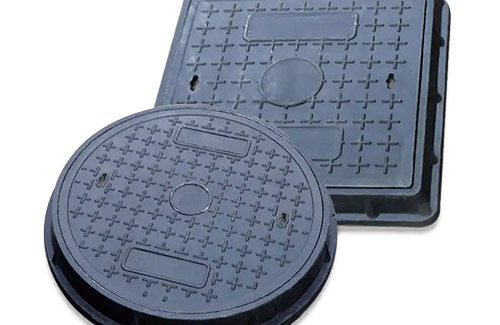Fiberglass grating can be simply understood as a paving floor made of fiberglass, which is generally used in chemical or public commercial places. There are several different types that can be used in different environments and places. The reason for using this type of flooring is twofold: firstly, it is for the needs of corrosion and waterproofing. Fiberglass reinforced plastic has good moisture-proof and corrosion resistance functions, so many chemical plants choose to lay it in specific places such as workstations. In addition, compared with other materials, there is no need for paint, so there will be no fading, which is not only aesthetically pleasing but also has a longer lifespan.
For example, compared to traditional steel and fiberglass grilles, the cost is more affordable, and the weight is much lighter. The strength and hardness can also meet the requirements, and it can be cut and spliced arbitrarily. Therefore, the device and protection are more concise, making it more affordable for people. The commonly used ones nowadays are divided into covered and uncovered ones, which can be selected according to practical needs. Generally speaking, grilles are non slip, so their surface will be concave with a frosted finish. However, there are also special requirements for a smooth finish, which is non slip. Therefore, when choosing, attention should be paid.
If divided further, fiberglass grating can be made into conductive materials. Due to its insulation nature, if there are requirements for conductivity, it is necessary to specifically choose products with conductive surface coatings. In some precision device processing workshops, in order to prevent items from falling and getting stuck between the grilles, smaller aperture grille types need to be selected. This type of grille, due to its smoother surface, can also meet the needs of general cart walking. Basically, the standards available on the market can meet different needs, and if there are specific requirements, customization is also possible.








